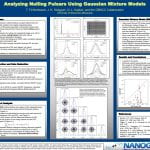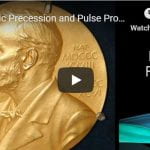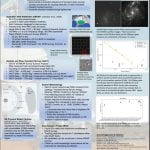Analyzing Nulling Pulsars Using Gaussian Mixture Models
Travis Fichtenbauer, “Analyzing Nulling Pulsars Using Gaussian Mixture Models” Mentors: Joseph Swiggum & David Kaplan, Physics Pulsars are rapidly rotating neutron stars that emit radiation from their magnetic poles. A small portion of the pulsar population is known to occasionally…… Read More



